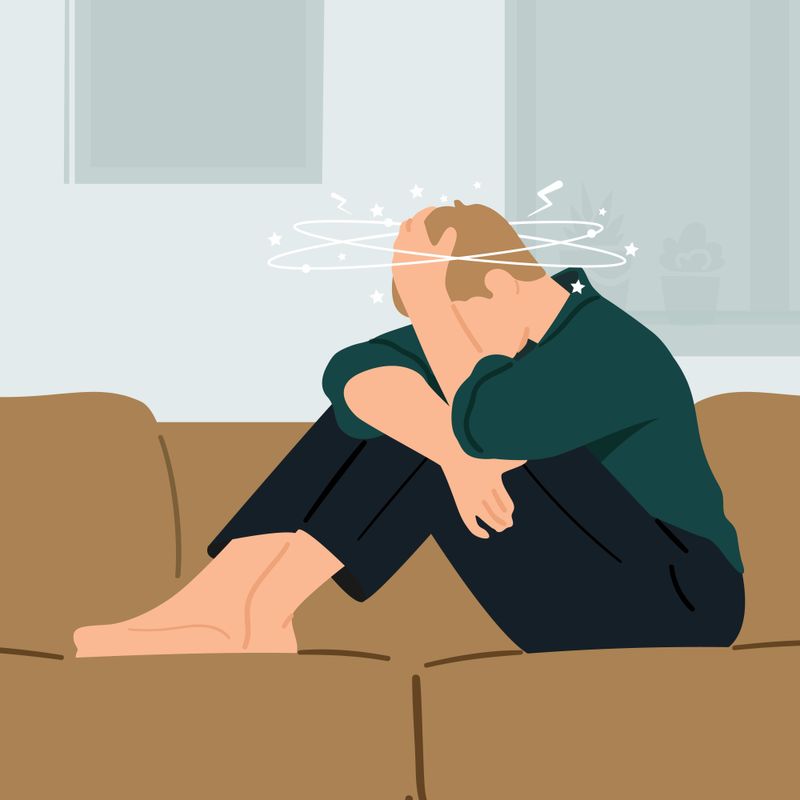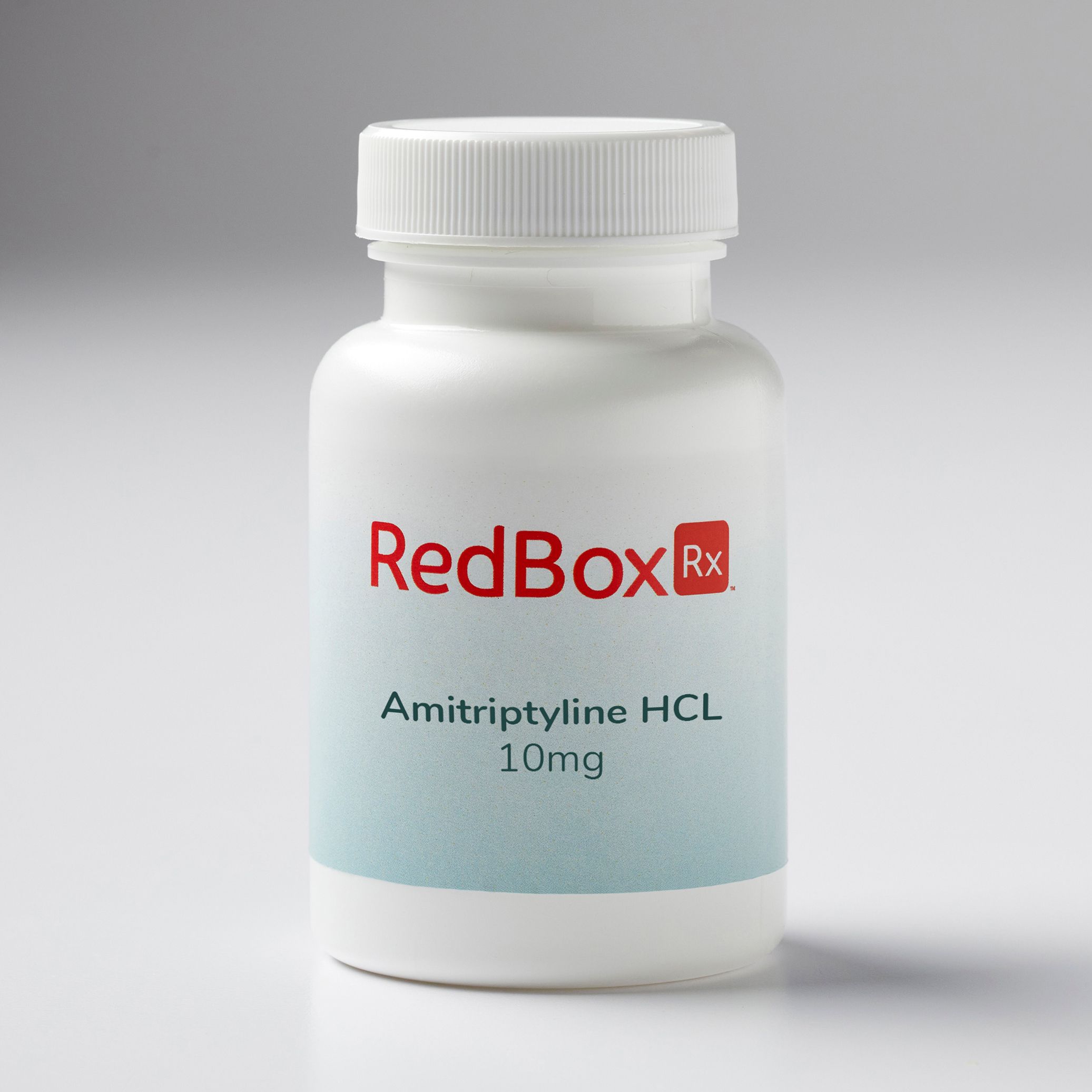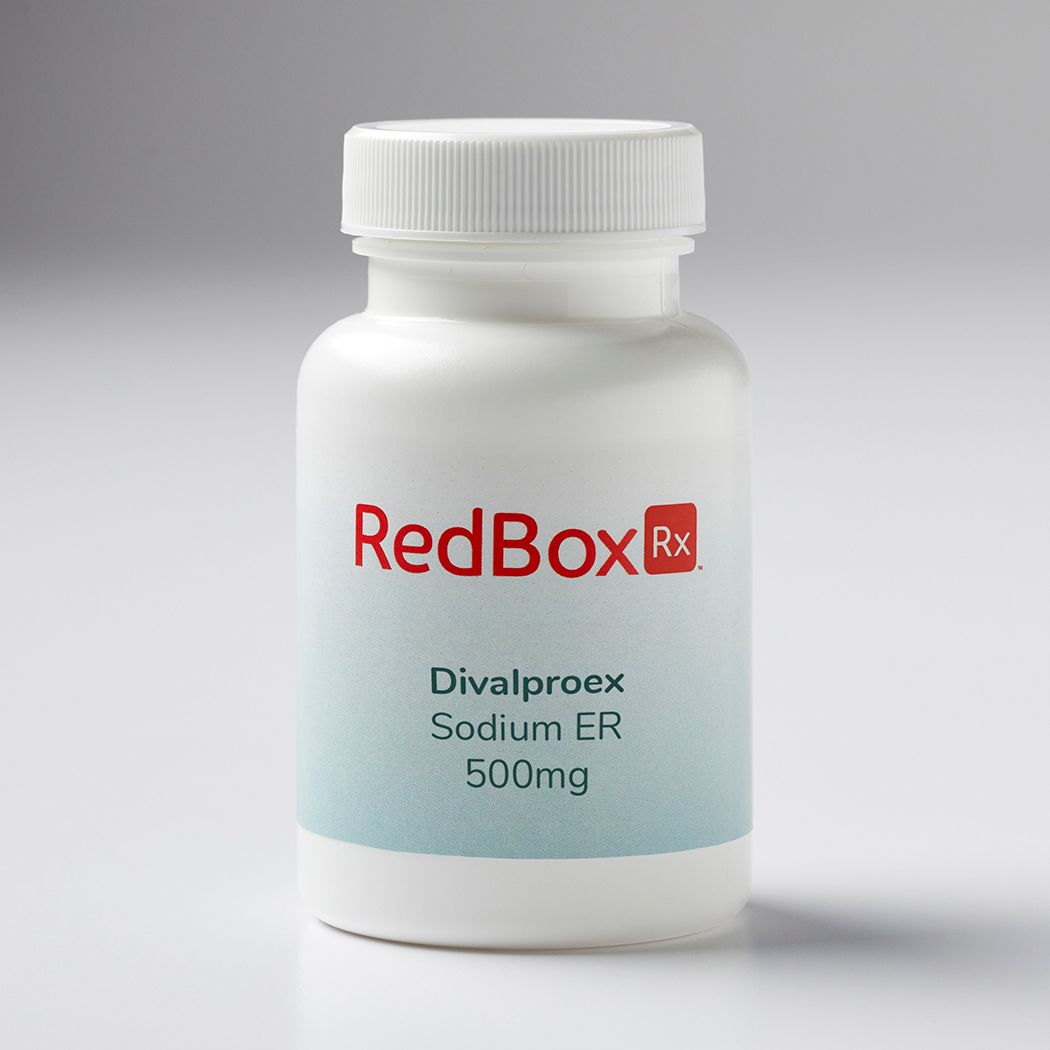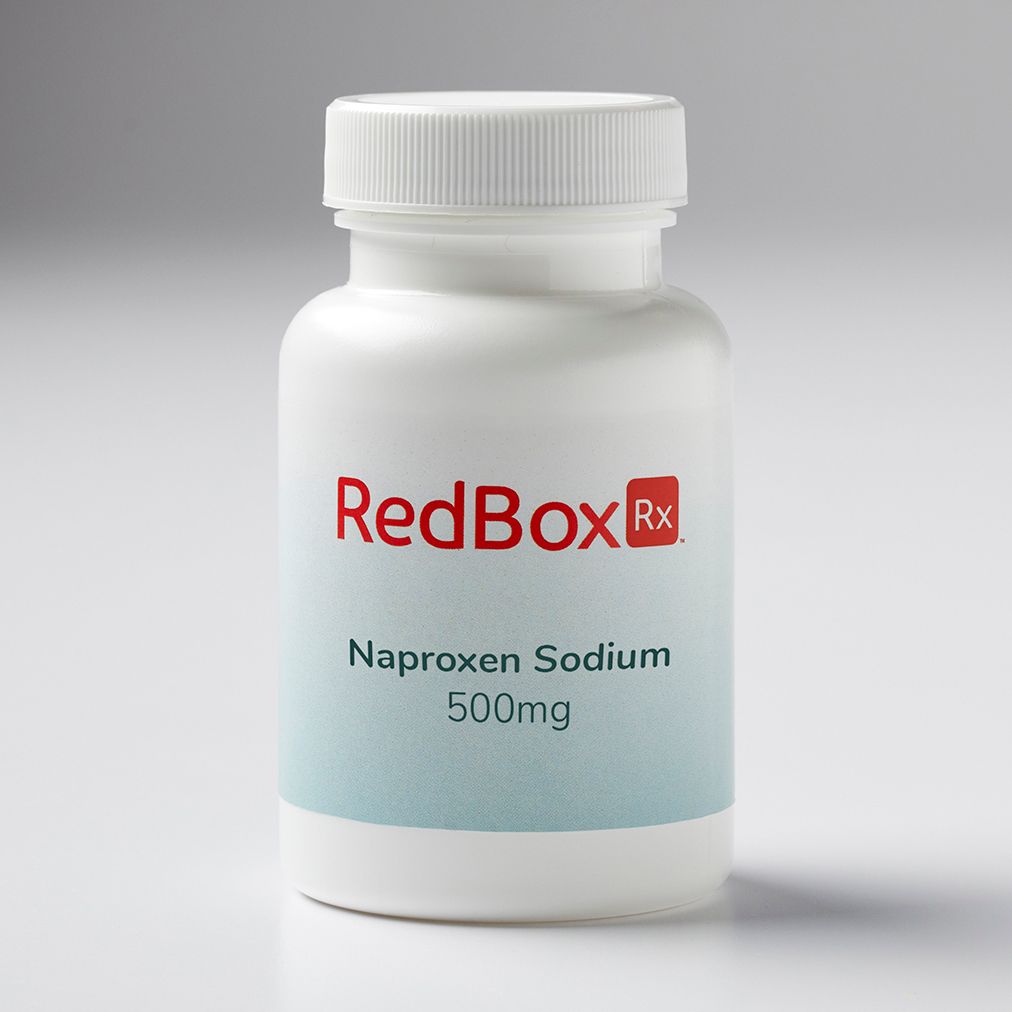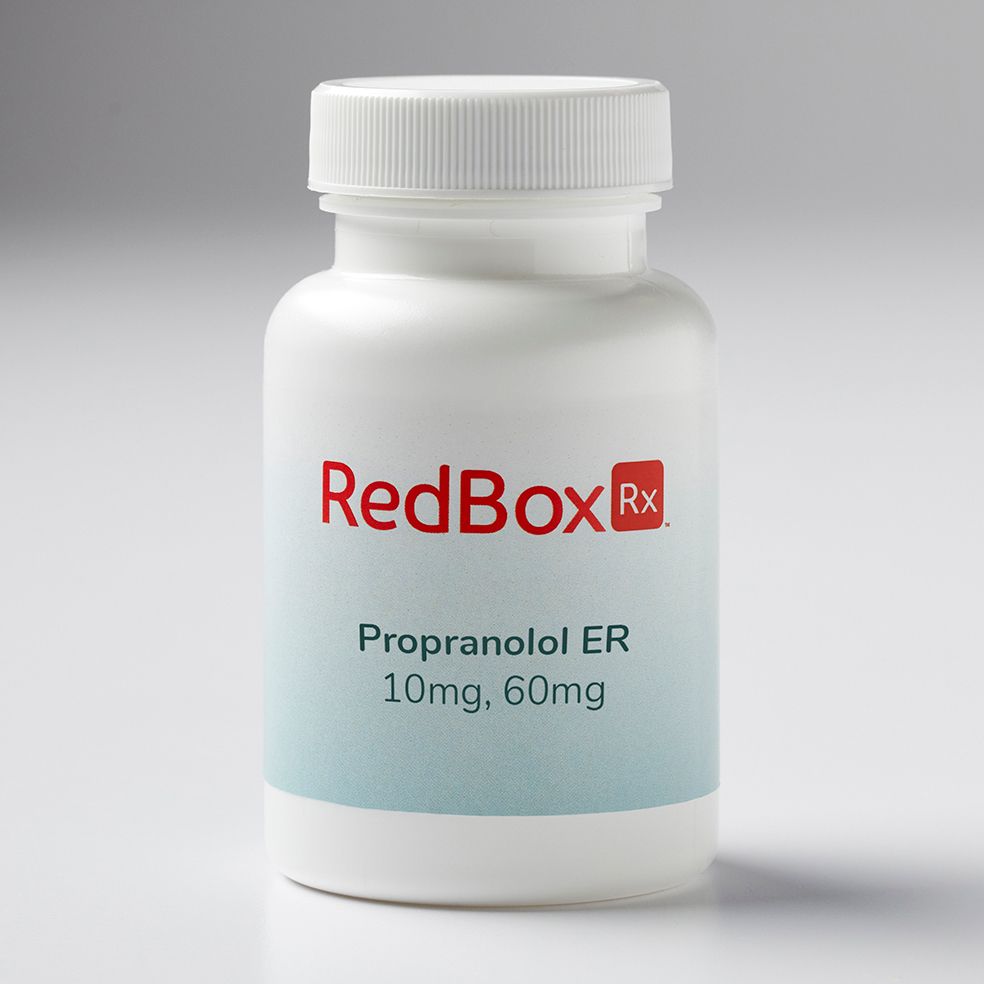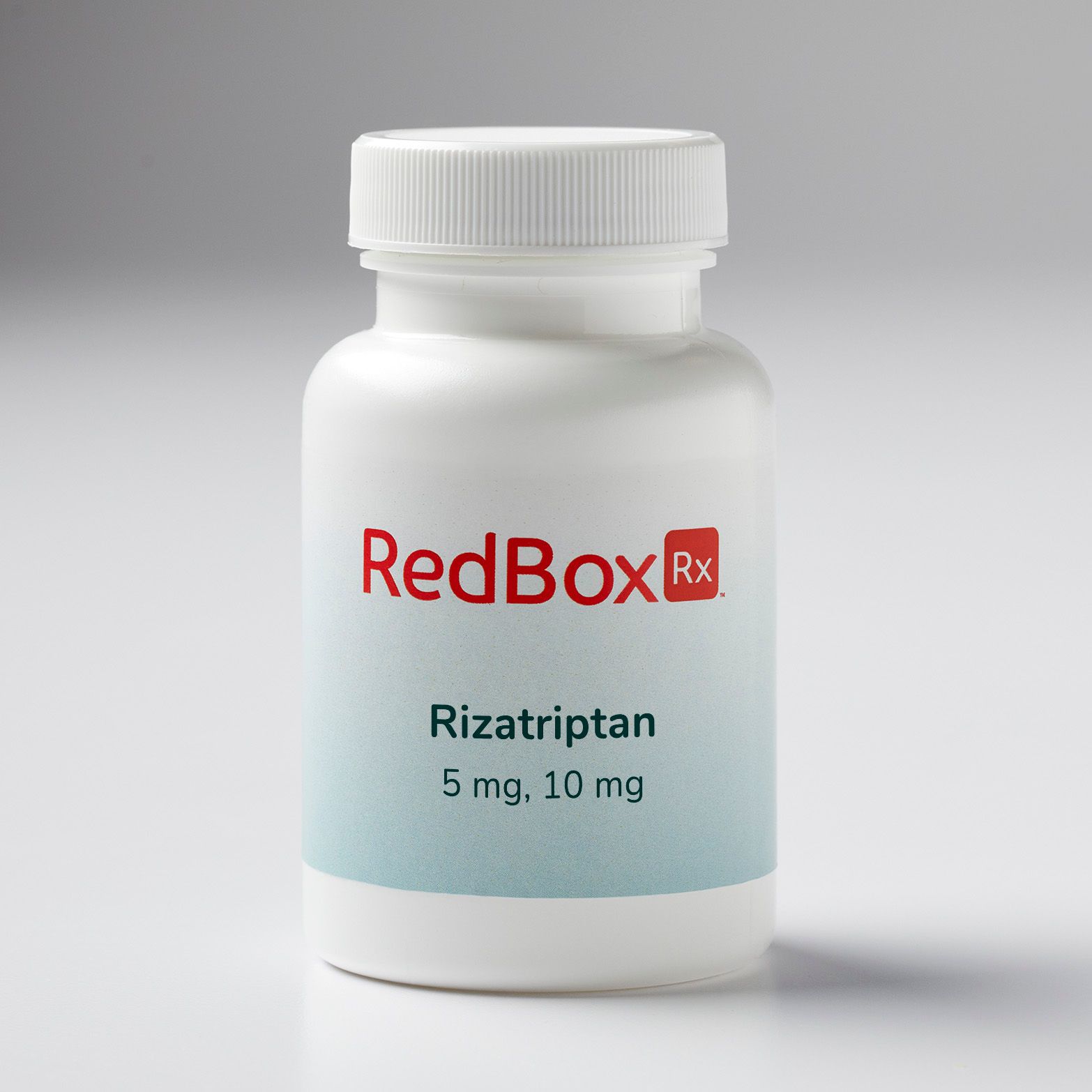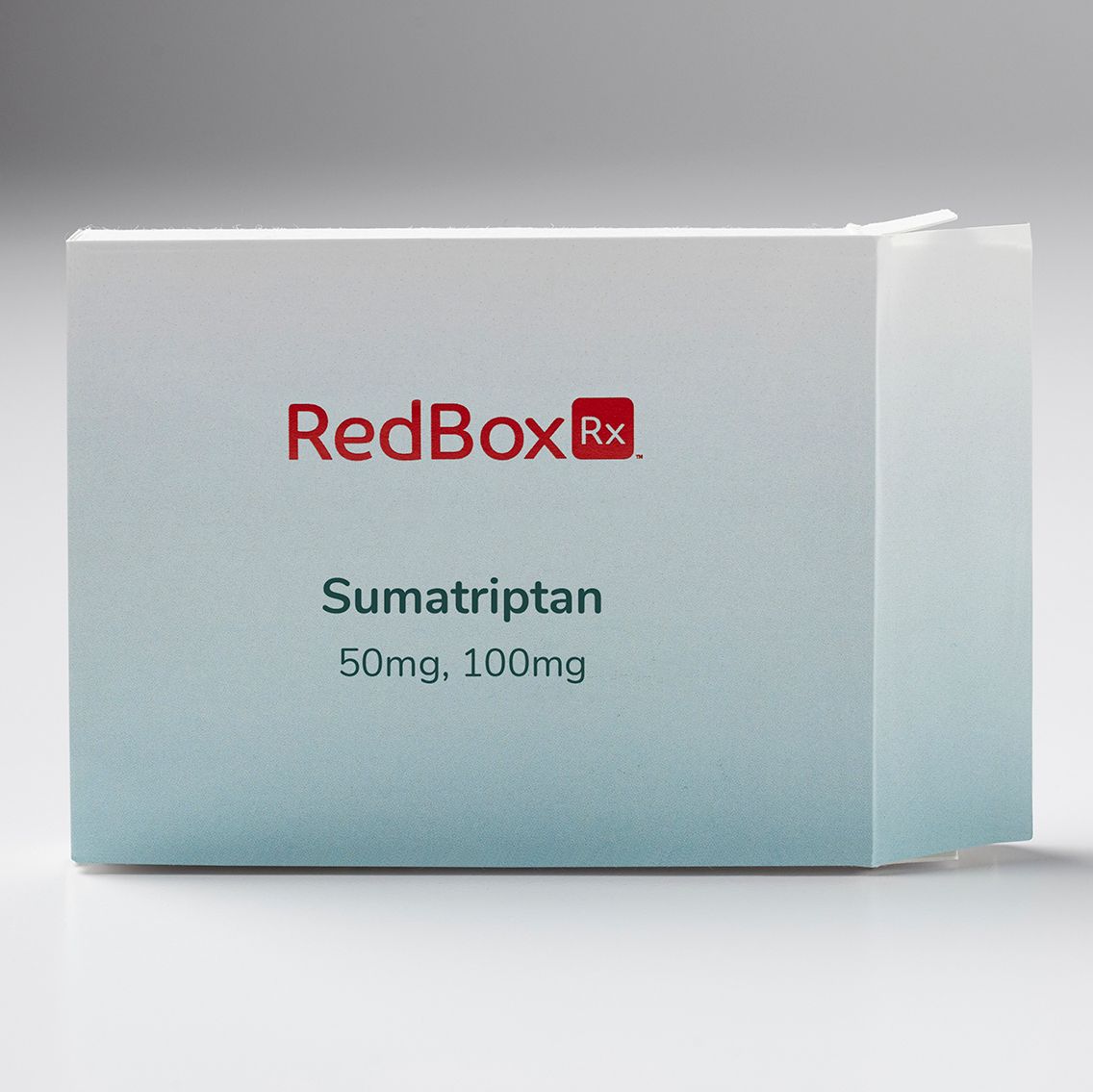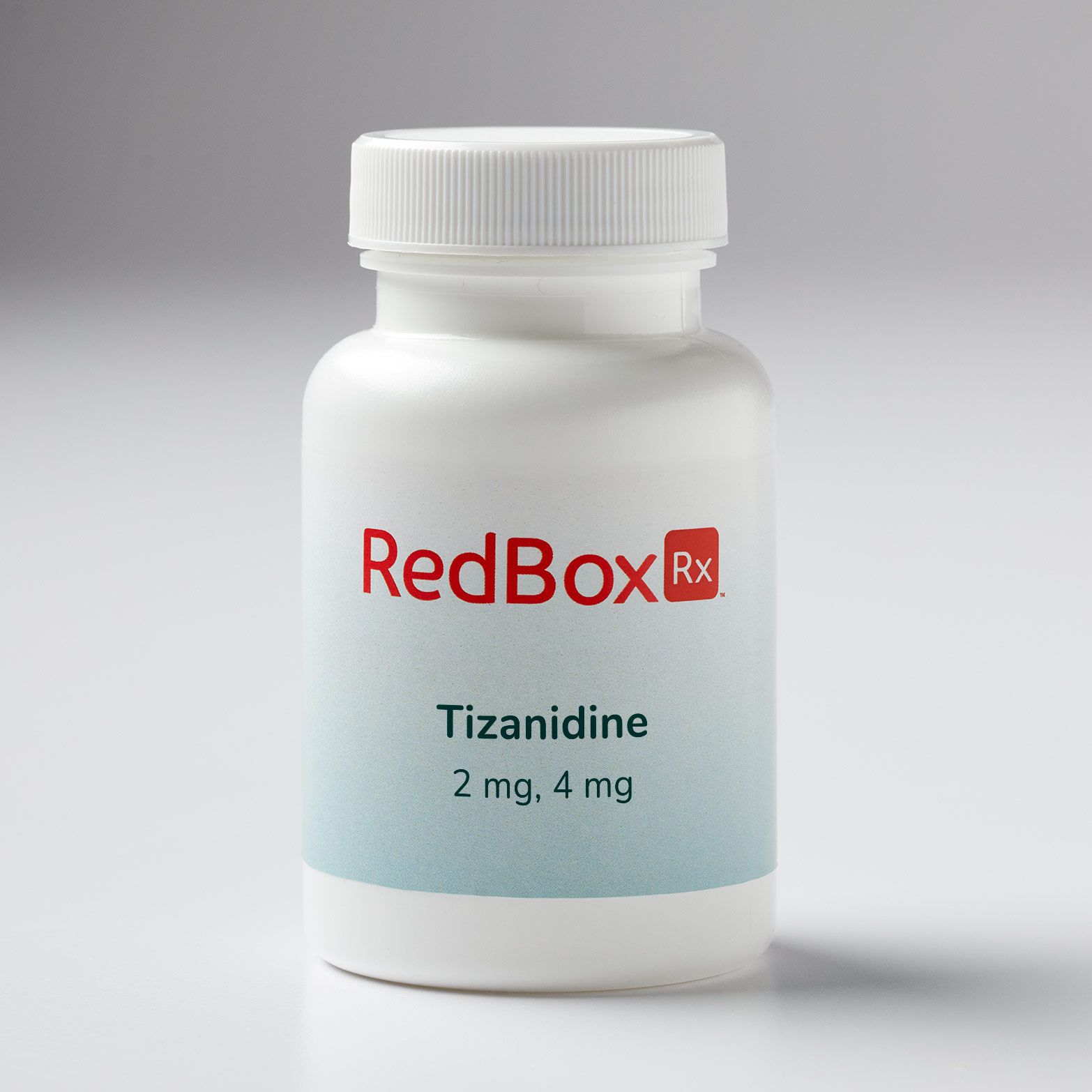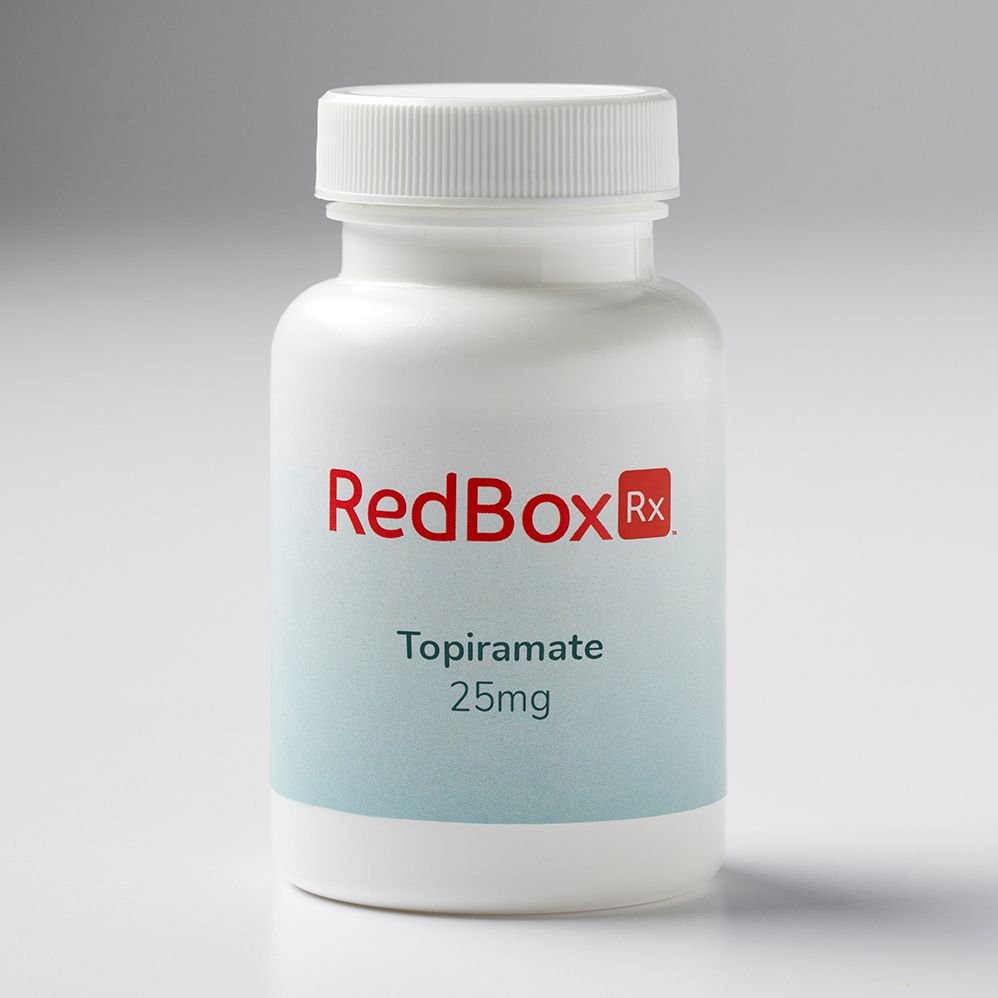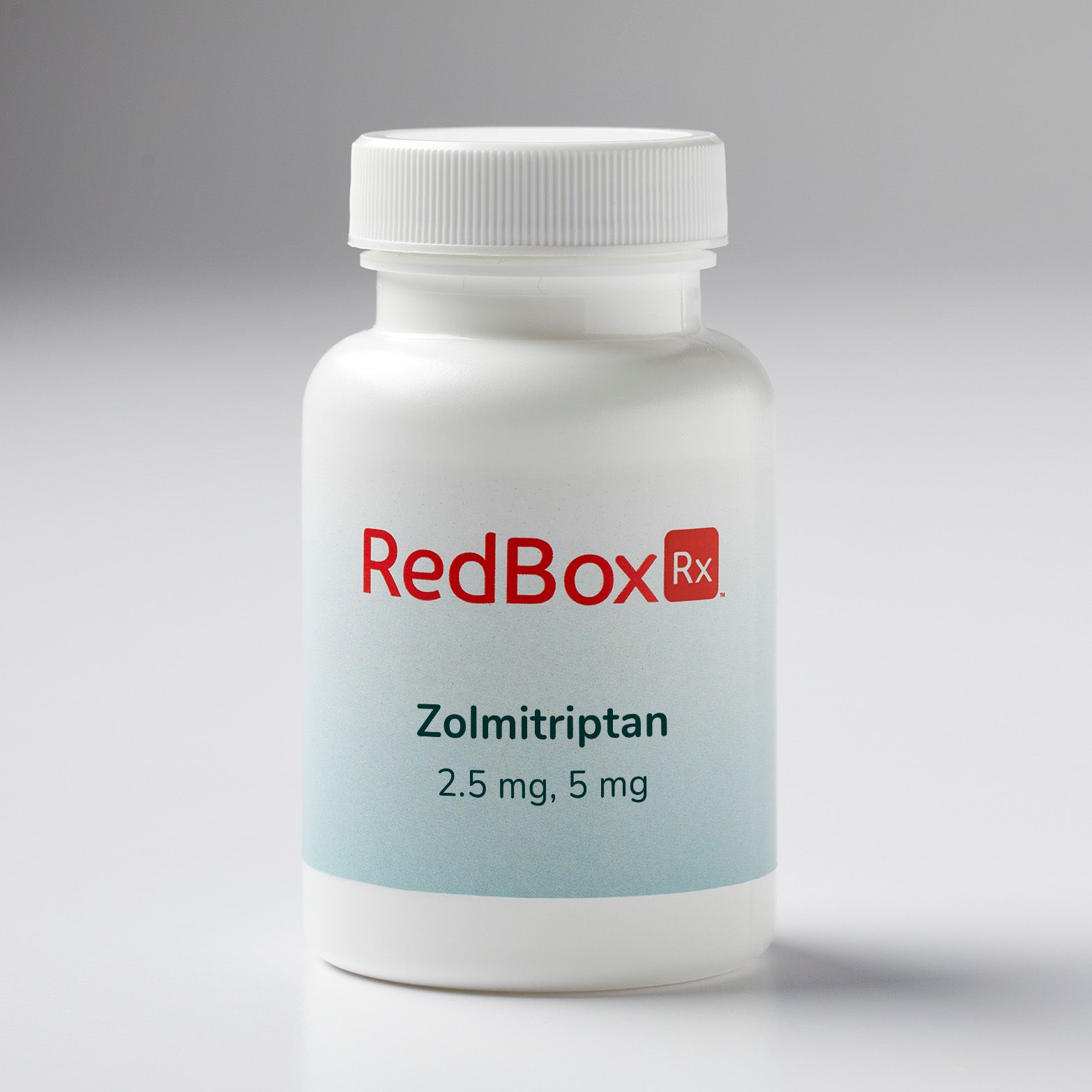About Headaches and Migraines
According to the American Migraine Foundation, migraines affect 1 in 4 households in the U.S. and nearly 1 billion people worldwide. You can manage your migraine symptoms with the help of our team of U.S. licensed medical professionals.
-
A migraine is a severe headache that often includes throbbing pain or a pulsing sensation. Migraines are often accompanied by nausea, vomiting, and sensitivity to light. The pain is often intense enough to interfere with daily activities. Symptoms can last for hours, or even days.1
-
The cause of migraines is not fully understood, but genetics and environmental factors seem to play a role. Research suggests that changes in the brain stem could play a role as well as levels of brain chemicals like serotonin.2
While the direct cause of a migraine is unknown, there are common migraine triggers, including:3
Hormonal changes.
Alcohol.
Caffeine.
Stress.
Sensory stimuli (lights, strong smells).
Sleep changes.
Weather changes.
Medications.
Foods.
Food additives (artificial sweeteners, MSG).
-
While every person and every migraine can be different, there are four main phases of a migraine that many people experience: the prodrome, aura, attack, and post-drome.4
Prodrome
One or two days before a migraine, some people experience bodily changes that can indicate a migraine is coming, including:
Constipation.
Mood changes, from depression to euphoria.
Food cravings.
Neck stiffness.
Increased urination.
Fluid retention.
Frequent yawning.
Aura
Auras are reversible symptoms of the nervous system that generally start slower and can last up to 60 minutes.
Aura symptoms include:
Visual phenomena, such as seeing various shapes, bright spots or flashes of light.
Vision loss.
Pins and needles sensations in an arm or leg.
Weakness or numbness in the face or one side of the body.
Difficulty speaking.
Attack
The attack is the painful headache phase of a migraine. The average duration of a migraine attack is four to 72 hours if left untreated.
Symptoms of a migraine attack include:
Pain usually on one side of your head, but often on both sides.
Pain that throbs or pulses.
Sensitivity to light, sound, and sometimes smell and touch.
Nausea and vomiting.
Post-drome
After a migraine attack subsides, some people feel drained, confused, or tired. Others feel a sense of elation. Sudden head moves can sometimes trigger brief reoccurrences of the headache pain.
-
Average duration of a migraine is anywhere from four to 72 hours, but it can vary by individual.5
-
Pain from a migraine is usually in the head, often on just one side. However, some experience symptoms, like nausea, that occur in other parts of the body.6
-
Most people who suffer from migraines experience an attack once or twice a month. Others may have 15 or more in a month, which is known as chronic migraines. If you are having a migraine every day, you could be experiencing chronic migraines.
Causes of chronic migraines aren’t fully understood, but common triggers are lack of sleep, caffeine and stress. If you wake up with a migraine often, it could be one of those factors.7
-
Sleeping with the pain of a migraine can be challenging and lack of sleep can trigger migraines. To help get better sleep, there are a few recommendations from the American Migraine Foundation:8
Maintain a consistent sleep schedule.
Adjust your bedroom to be more suitable for sleep. Eliminate any disruptive noise and/or add white noise like a fan. Keep the room at a comfortable, cool temperature.
Eliminate light. Keep your bedroom dark and remove/cover up any electronic light from alarm clocks, TVs, or other screens.
Wind down before bed without a lighted screen. Try reading, taking a bath, or practicing relaxation techniques.
Avoid long naps (more than 30 minutes) or napping after 3 p.m.
Avoid or limit caffeine, alcohol, and nicotine intake.
Avoid eating close to bedtime.
Work with your medical professional to manage migraine pain with medication or other treatments.
-
A migraine is a type of headache that is accompanied by intense pain and additional symptoms. Pain is throbbing or pulsing either on one side of the head or both. A migraine can cause nausea and often includes a strong sensitivity to light.
Tension headache vs. migraine
Tension headaches are the most common headaches. They generally include a dull ache or the feeling of pressure in the head with some people experiencing pain in the neck and back of the head. Tension headaches are not accompanied by nausea, vomiting, or sensitivity to light like a migraine.9
Cluster headache vs. migraine
The pain of a cluster headache is usually sharp, stabbing pain in and or around the eye. The pain is usually severe and occurs on only one side of the head. Cluster headaches can be accompanied by restlessness, tears, eye redness, stuffy or runny nose, facial sweating, skin color changes, swelling around the eye, and drooping of the eyelid.10
Sinus headache vs. migraine
Migraines and sinus headaches have many overlapping symptoms. Sinus headaches are caused by sinusitis. However, migraine headaches can sometimes cause sinus symptoms too like pressure, congestion, and the worsening of pain when you bend over. The main difference is that sinus headaches do not include nausea or sensitivity to light.11
-
A vestibular migraine is a type of migraine that is accompanied by additional symptoms like vertigo, imbalance, nausea and vomiting. Some people also experience hearing symptoms like ringing, fullness, and pressure in one or both ears during a vestibular migraine.
Triggers for a vestibular migraine include sleep changes, hormonal changes, and food triggers like MSG, chocolate, wine, and cheese.12
-
A hemiplegic migraine is a rare severe headache that is accompanied by unilateral weakness. Auras, a common visual symptom of migraine headaches, is present in hemiplegic migraines. The difference is the rare manifestation of motor weakness like impairment in vision, speech, or sensation.
When hemiplegic migraines run in families, it is referred to as a familial hemiplegic migraine and can be caused by genes that can be inherited.13 When it occurs in just one individual, it is referred to as a sporadic hemiplegic migraine.14
-
An abdominal migraine exhibits similar symptoms as a traditional migraine (throbbing pain, sensitivity to light, etc.) with the addition of central abdominal pain. Nausea and vomiting are also common symptoms. Abdominal migraines are fairly common in children, but rarer in adults.15
-
A complex migraine, sometimes called migraine with aura, is a severe headache that is accompanied by paralysis of one side of the body, weakness, tingling, and difficulty speaking. The symptoms of complex migraine can mimic a stroke and generally pass within an hour.
Complex migraines affect approximately 30% of people who experience migraines.16
-
Headache is a common symptom reported in confirmed cases of COVID-19. However, migraine headaches have not been reported or studied in any significant way. In one small study, three participants with a history of migraine headaches without aura, started experiencing aura symptoms after a COVID-19 infection. Larger studies would be needed to draw a strong correlation.17
-
A silent migraine is when a person exhibits many of the symptoms of migraine without any pain. A silent migraine goes through all the phases of a migraine (prodrome, aura, attack, and post-drome), but doesn’t have the throbbing pain.18
In the prodrome phases, symptoms of a silent migraine include:
Hyper or cranky mood.
Food cravings.
Tiredness and increase in yawning.
Stiffness, especially in the neck.
Peeing more often.
Constipation or diarrhea.
The aura phase of a silent migraine includes symptoms like:
Wavy or jagged lines.
Flashing lights.
Dots or spots in your vision.
Blind spots.
Tunnel vision.
Additional symptoms that can happen during the aura phase or attack phase include:
Trouble hearing.
Audio hallucinations.
Strange smells or tastes.
Numbness or tingling.
Weakness.
Trouble remembering or saying a word.
Upset stomach or vomiting.
Hot flashes and chills.
Stuffy or runny nose.
Dizziness or spinning (vertigo).
Sore neck or jaw.
Sensitivity to light, sounds, smells, touch, or motion.
Confusion.
Comparison Chart of Different Types of Headaches

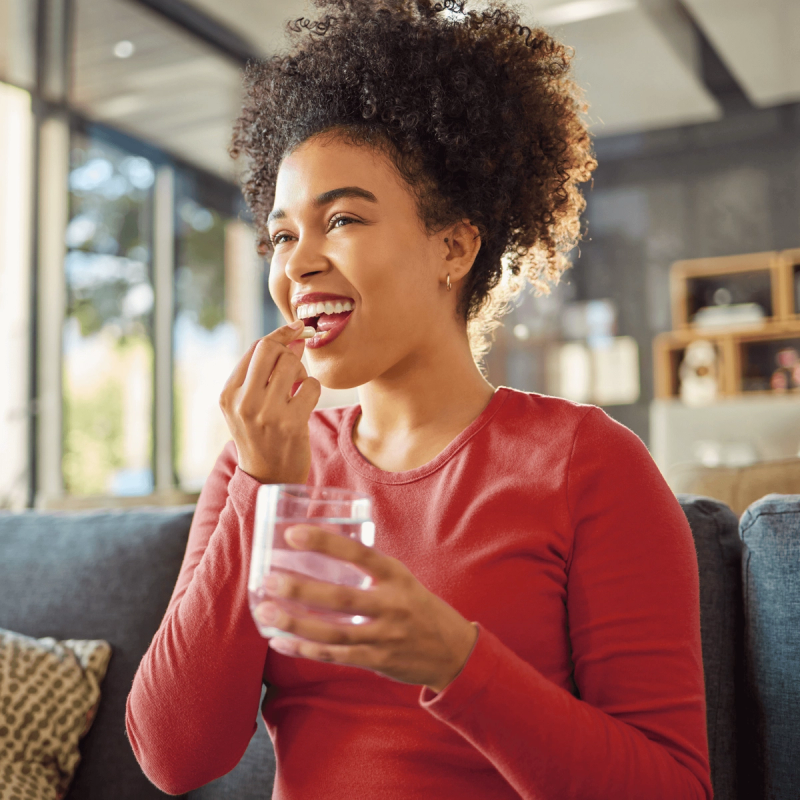
More Than 50%
A systematic review showed medications helped reduce frequency of migraine attacks by more than 50%.
Source: The Journal of Headache and Pain
Sorry, we’re closed for today. Our U.S. licensed medical providers are available daily 7 a.m. to 9 p.m. CST via live video visit. We look forward to serving you soon. Email us anytime at [email protected].
What Our Patients Are Saying
-
“
They made service quick and easy to use. The health information that you complete wasn’t horrible and they did request recent lab work. I completed the information Monday and received my migraine medication on Thurs!
Heather S.
-
“
First time I used RedBox Rx and completely satisfied! I filled out the online consultation which was very thorough and that impressed me. Then less than 24 hours later I had an approval from a doctor for migraine medicine. Having no insurance at this time, this was easy and safe. I will use RedBox Rx again.
Constance W.
-
“
I can't believe the quality of care, not to mention how easy the site is to use! It is by far the best site I've found so far! Thank you RedBox Rx.
Laura K.
Headache and Migraine Treatment FAQs
-
A prominent migraine treatment is medications, which fall into two main categories: acute or pain-relieving medication and preventative medication.
Discuss with your medical provider what the best migraine medicine is for you.
Acute medications for migraine include:19
Pain relievers. Aspirin, ibuprofen, naproxen (Naprosyn®), Excedrin®.
Triptans. Sumatriptan (Imitrex®), rizatriptan (Maxalt®), zolmitriptan (Zomig®).
Dihydroergotamine. Nasal spray (Migranal®)
Lasmiditan (Reyvow®).
Gepants. Ubrogepant (Ubrelvy®) and rimegepant (Nurtec ODT®).
Opioid medications.
Anti-nausea drugs.
Preventative migraine medications include:
Blood pressure-lowering medications. Propranolol (Inderal®, InnoPran®, Hemangeol®) and metoprolol (Lopressor®), verapamil (Verelan®, Calan®).
Antidepressants. Amitriptyline (Elavil®).
Anti-seizure drugs. Valproate (Depakene®), divalproex-sodium (Depakote, Depakote ER®), and topiramate (Topamax®).
BOTOX® injections.
Calcitonin gene-related peptides (CGRP) monoclonal antibodies. Erenumab-aooe (Aimovig®), fremanezumab-vfrm (Ajovy®), galcanezumab-gnlm (Emgality®), and eptinezumab-jjmr (Vyepti®).
Calcitonin gene-related peptide (CGRP) inhibitors. Atogepant (Qulipta®), rimegepant (Nurtec ODT®).
Non-medication migraine treatment options can also help manage symptoms. Examples of those treatments include:20
Identifying and avoiding triggers. Paying attention to what might trigger migraines can be a useful tool in prevention. For example, if you notice you often have a migraine after drinking alcohol it might be best to avoid that trigger. Common triggers are stress, sleep changes, fasting, caffeine consumption, anxiety, neck pain, weather changes, and light stimulations.
Sleep modification. Sleep disturbances are one of the more prevalent migraine triggers. Focus on getting the right amount of sleep and better-quality sleep can reduce frequency of migraines in many people.
Dietary modification. Pay attention to the foods you consume on days a migraine attacks. Making dietary changes to remove trigger foods and drinks can help reduce migraines.
Regular physical activity. A consistent exercise routine has been shown to be effective at migraine prevention.
Stress management. Adjusting your lifestyle to be less stressful could result in less migraines.
Behavioral treatment. Relaxation techniques and cognitive therapy have proven useful in the prevention of migraines.
-
Yes! Migraines can be treated at home with telehealth providers like RedBox Rx. Complete an easy online assessment and one of our licensed providers will help you determine if medication could be right for you. If prescribed, medication is shipped directly to you.
-
At the first sign of a migraine, try to take a break from whatever you are doing. Removing stimuli can help reduce some sensitivity symptoms to stop a migraine. From there you can try these five tips for instant migraine relief:21
Find a quiet, dark room. Remove any light from windows or electronics that you can.
Try temperature therapy. Using a heating pad or an ice pack. Heat relaxes muscles and cold numbs pain.
Drink caffeine. Caffeine in small amounts can be helpful for a migraine. Avoid if caffeine is one of your migraine triggers.
Use acute medication. Over-the-counter pain meds and prescriptions can help end a migraine sooner.
Sleep. If you can, sleep can help a migraine subside.
-
The risk of developing a migraine increases with the increase of time between meals. Establishing a regular meal schedule can help keep migraines at bay.22
An anti-inflammatory diet can be beneficial for migraine management and other chronic illnesses. Anti-inflammatory foods that could help with migraine include:23
Fruits.
Vegetables.
Whole grains.
Lean proteins.
-
Go to the emergency room if migraine symptoms are severe or come on suddenly. You should also go to the ER for your migraine if symptoms include confusion, fever, vision changes, neck stiffness, trouble speaking, numbness or weakness because they could be signs of serious health condition.24
If you are in crisis, please call 911 for emergency services.
-
Yes, you can get prescription medications for migraines online with telehealth providers like RedBox Rx. Start an online assessment to see if prescription migraine medication is right for you.
How RedBox Rx Works

Why Choose RedBox Rx
Wide selection, easy process and low prices.
- No membership or subscription fees.
- Low-cost $25 online consult with licensed medical provider.
- Migraine prescriptions starting at $20.
- Confidential, private and secure.
- Free standard shipping or expedited/overnight available.
Sorry, we’re closed for today. Our U.S. licensed medical providers are available daily 7 a.m. to 9 p.m. CST via live video visit. We look forward to serving you soon. Email us anytime at [email protected].

